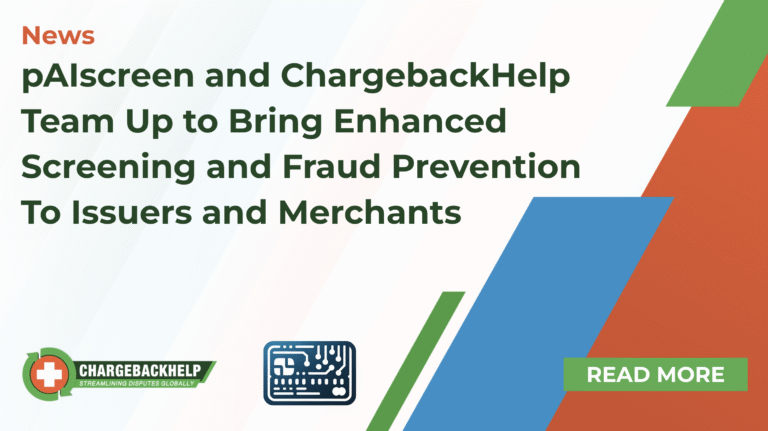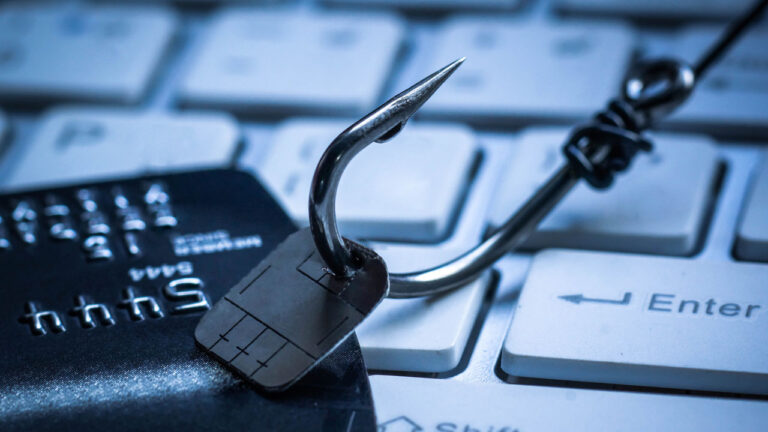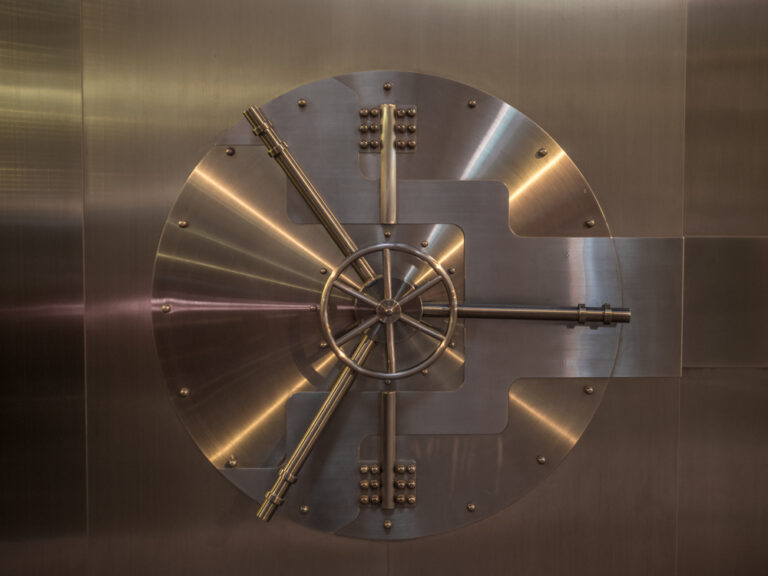PayPal Chargebacks & Disputes – Useful Guide

PayPal transactions can go wrong like any other. Whether they’re right or wrong, customers can raise disputes, and just like with credit cards, and they’ll often skip you and go to PayPal with their issues.
There are two possible scenarios here. The first one is to receive a chargeback from your client, and the second one is that your client contacts you and tries to work things out. The second scenario is ideal, but the least likely of the two. That is why we made this reference so you can turn to as a merchant in a PayPal dispute.
After reading this guide, you will know exactly what your rights are as a merchant and how to resolve a dispute with a client correctly.
Try to avoid your client opening a dispute
After your client receives a package that for whatever reason they have a problem with, the first thing they should do is to contact you. This way, you can directly resolve the issue with the customer and avoid complicating matters further.
When you receive an email that a buyer has opened a dispute, PayPal freezes the transaction. PayPal dispute time limit gives you 20 days to resolve the problem. This is more than enough time to come up with a proper solution, beneficial for both sides.
The worst-case scenario may be that you must provide a refund. However, with PayPal, you can also offer partial buyers’ credit. Either way, this is still a better option than receiving a chargeback claim.
Difference between chargeback and transaction dispute
One of the things that might confuse some people, especially when it comes to PayPal seller protection cases, is the difference between chargebacks and transaction disputes. In simple terms, there are two types of transactions – transactions with PayPal and transactions through PayPal.
Paying with PayPal means you have either some balance held in your PayPal account or have a linked bank account. In case of paying through PayPal, the service acts as a processor for your credit card, with some added security.
Payments made through PayPal become chargebacks. Payments made with PayPal become transaction disputes.
What if your client pushes for a chargeback?
Whether the customer is still unsatisfied with your solution, or they choose to skip you entirely, they have up to 180 days (roughly six months) to file a claim with PayPal. Once initiated, PayPal gives the dispute a lifespan of 20 days to resolve.
In that period, the dispute can be either settled or escalate into a chargeback. The process of a chargeback on PayPal has many steps, and it is vital to know them to keep track. Further, we compiled a list of those steps: we compiled a list of those steps:
- After the customer contacts their card-issuing bank, it requires the temporary withdrawal of all the funds from PayPal.
- The transaction is put on hold, and the next step for you is to gather all the evidence needed to fight the chargeback and submit it to the PayPal Resolution Center.
- PayPal evaluates given evidence, which is then sent to the buyer’s card-issuing bank.
- The final decision is on the bank, and after the review of the evidence, the bank will notify PayPal about the final verdict.
- The last step is for PayPal to inform the buyer and the seller about the results.
How can a merchant respond to a chargeback?
You, as a merchant, have the right to appeal if the decision was made in favor of the buyer. If you get back an empty box or if the item you’ve sent was returned to you in an altered condition, you have the right to appeal. All these options are valid reasons for an appeal and can lead to the verdict being reversed. Here are the steps you should take to file a complaint (note this is subject to change):
- Go to the PayPal Resolution Center
- Under the “Action” tab there is a “Respond” option
- After you’ve read and reviewed the complaint, you should go to “Resolve Chargeback Now.”
- There you have an option to choose between accepting the claims or disputing it.
- If you choose to dispute it you need to provide information and proper evidence
- Last step is to click on “Continue.”
Who handles chargebacks?
For payments through PayPal, the bank that issued the card has the final say; PayPal basically becomes your acquirer. After the seller collects and sends all the evidence to PayPal Resolution Center and the data is forwarded to the buyer’s bank, it is up to the bank to review and decide whether to proceed with or cancel the chargeback claim.
For payments made with PayPal, Paypal becomes the issuer, and makes the final decision if buyer and seller can not come to a resolution themselves.
Regardless of the with or through, PayPal has chargeback fees. That fee is set to $20 US per chargeback at this moment. If the transaction involves another currency, and you don’t have enough of the different currency on your account, PayPal will charge you an additional fee for conversion.
How well are merchants protected?
Sellers are usually intimidated by this fact because they think the bank will always rule in favor of their client. If you have strong evidence that the purchase went according to the terms and conditions you wrote, and that the item did not have any flaws, your chances of a successful resolution are stronger.
As a PayPal credit merchant, you can always rely on PayPal to help you. Their chargeback specialist will help you with the dispute. Be patient, because this process can take some time. Here are a few crucial pieces of information about the length of the process:
- The buyer has approximately 120 days since the day of a transaction to claim for a chargeback.
- The seller has ten days to answer with evidence to claim for a chargeback.
- The credit card issuer usually resolves the chargeback in a few weeks. Sometimes it can take up to 75 days for the bank to complete the chargeback.
What kind of evidence should a seller provide?
Depending on what item you are selling, whether it is physical or digital, there are several essential things you need to send as evidence. Even if there is no need for a PayPal credit card chargeback, it is good advice to keep all the data for as long as possible. You never know when something can go wrong.
- If you are selling a physical item, keep copious documents of delivery, including tracking number and recipient signature. Take as many clear photos of the item as possible because the pictures will help you if the buyer claims they received a broken item. Sometimes, the item can break during shipping.
- If you’re selling digital goods, besides everything mentioned previously, it is vital to save the information that the buyer downloaded and used the item. Keep user access logs, as well as any correspondence between the end user and your company.
Conclusion
Chargebacks are an unfortunate part of the cost of doing business. However, when it comes to disputes, the cost is lower if you’re proactive vs. reactive. ChargebackHelp is a tremendous resource to recover your revenue in disputes, but merchants that proactively prevent these disputes are even more successful Together, we are an excellent combination for reducing the costs of chargebacks
If you want to improve your outcomes processing with PayPal, through PayPal, or in dealing with any other payment provider out there, give ChargebackHelp a call. Drop us a chat down on the right, shoot us an email, or go old-school and call us 1.800.975.9905.






